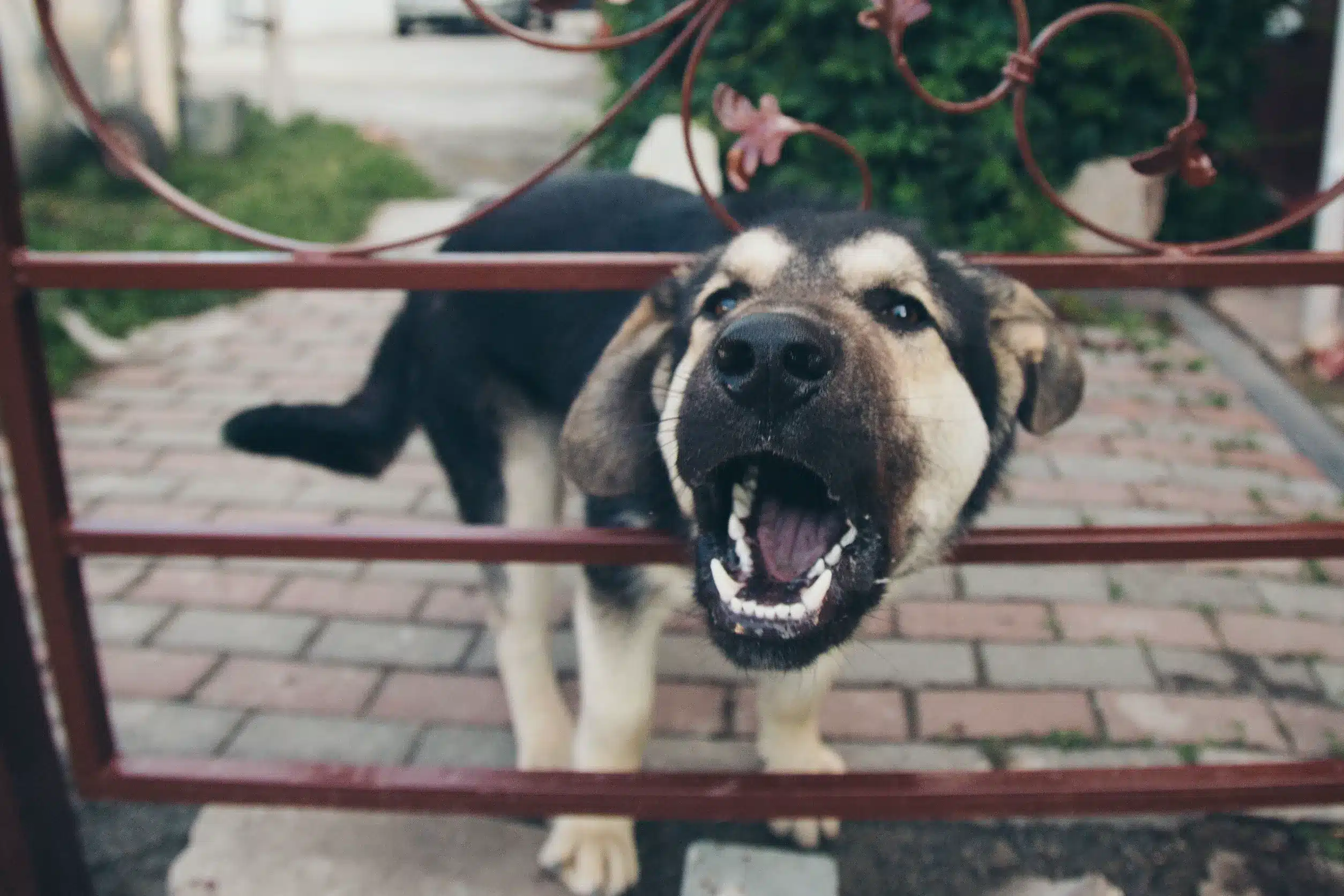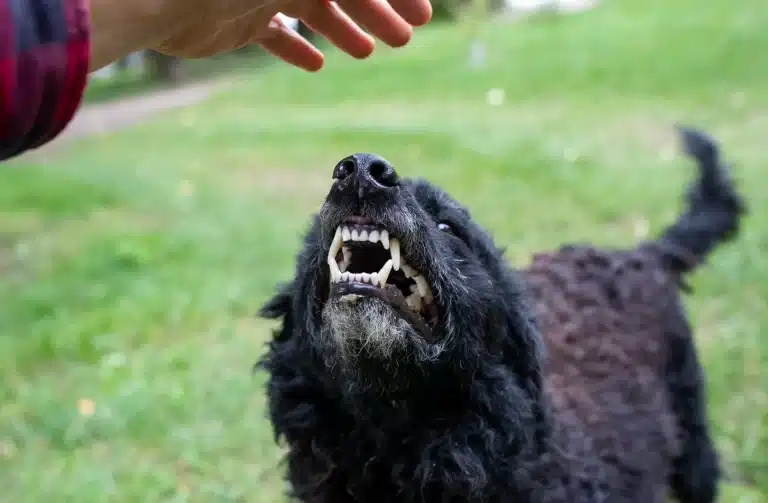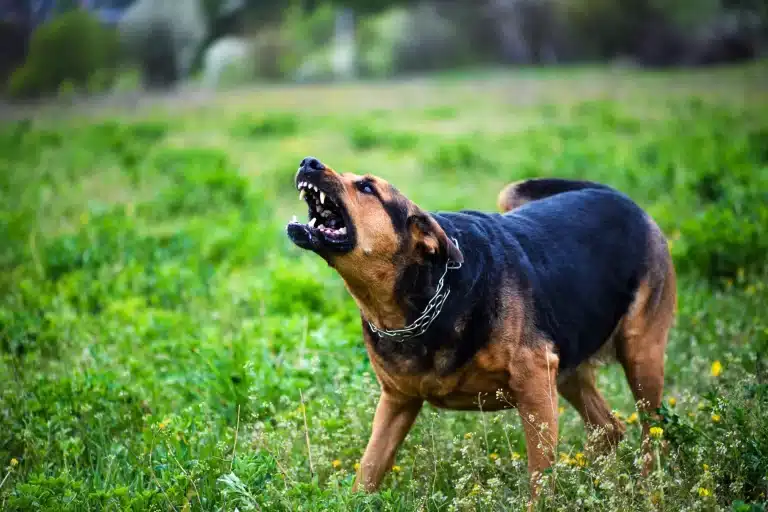Florida Dog Bite Defenses: Victim Negligence
Florida’s Dog Bite Defenses: Victim Negligence
In Florida, the issue of dog bites is more than just a matter of an animal’s aggression; it’s a complex interplay of legal principles, owner responsibilities, and the behavior of those involved in the incident. Central to understanding this complexity is Florida statute 767.04, which outlines the conditions under which a dog owner might be held liable for bites. Part one of our series explored the Florida “Bad Dog” Sign Defense. The second defense provided in Florida’s dog bite statute is that of the role of the victim’s negligence. This blog aims to unpack this aspect, offering insights into how the actions of the bitten party can influence the legal outcomes of such cases.
Decoding Florida’s Dog Bite Statute 767.04
At first glance, Florida’s approach to dog bite incidents seems straightforward: if your dog bites someone, you’re responsible. Yet, the statute also acknowledges scenarios where the victim’s actions might have contributed to the incident. This introduces a critical layer to the defense strategy for dog owners, emphasizing the legal concept of negligence on the part of the victim.
The Role of Victim’s Negligence in Dog Bites
The notion of negligence is pivotal in the realm of personal injury law. It refers to behaviors that fail to align with what a reasonably prudent person would do under similar circumstances. When applied to dog bite defense in Florida, this concept hinges on whether the victim acted in a way that could foreseeably provoke a dog to bite, such as encroaching on the dog’s space or engaging in teasing behaviors.
- Linking Actions to Outcome: A successful defense often rests on demonstrating that the victim’s actions directly contributed to the biting incident. This causal relationship is crucial for reducing the owner’s liability.
- Proximate Cause: For a defense based on victim’s negligence to be effective, there must be a clear link between the victim’s actions and the injury that resulted. This relationship, known as proximate cause, underscores the idea that the victim’s behavior significantly contributed to the outcome.
Dog Bite Victim Antagonizing Behaviors:
Identifying the specific behaviors that can provoke a dog to bite is a critical component in the defense strategy for dog bite cases. These provocations, ranging from overt aggression to subtle, unintended actions, significantly influence the legal assessment of liability and the dog owner’s responsibility. Below are expanded insights into common provocations and their implications:
- Aggressive Gestures and Actions: Clear aggressive behaviors towards a dog, such as making threatening gestures, loud shouting, or attempting to physically strike the animal, are understandably likely to provoke a defensive reaction, potentially leading to a bite. These instances are generally straightforward to document and can significantly influence the way your dog bite defense attorney presents the case.
- Entering a Dog’s Space Without Permission: Dogs naturally feel an instinct to protect their space and their family. An individual entering a dog’s perceived territory without clear permission might be seen by the dog as a threat, eliciting a protective response. This territory isn’t limited to a home but could extend to any space the dog considers its own, such as a vehicle or a specific outdoor area.
- Causing Physical Harm or Discomfort: Even accidental actions that cause a dog discomfort or pain, like stepping on its tail or rough handling, can trigger a defensive bite. Dogs may react defensively to both intentional harm and accidents, focusing on the immediate sensation rather than the intent behind the action.
- Subtle Provocations: Various non-aggressive behaviors can be misunderstood by dogs as threatening, triggering their instinctual responses. Direct eye contact, for example, might be interpreted as a challenge, while sudden movements could startle the dog. Even the presence of unfamiliar smells or objects in their environment can be unsettling. Such reactions are particularly common in scenarios where children, unaware of how their actions might be perceived, engage in play near a dog.
Gathering evidence to document these provocations, through eyewitness testimony or video recordings, is key to crafting a defense that fully represents the circumstances leading up to an incident. This approach not only helps to contextualize the dog’s behavior but also aids in navigating the complexities of legal fault and liability in these cases. Recognizing these diverse provocations allows for a defense that acknowledges the multifaceted nature of dog behavior, highlighting that incidents often arise from specific situations rather than unprovoked aggression.
Florida Civil Counsel, P.A.: Florida Dog Bite Defense Lawyers
In summarizing our discussion on Florida’s approach to dog bite defenses, with a special focus on victim negligence, it’s evident that a deep understanding of both the legal environment and the subtleties of human-dog interactions is essential. We’ve covered a range of provocations, from overt aggression to accidental actions, emphasizing the need for a thorough defense that accounts for all variables.
The series has navigated through the complexities of statute 767.04, offering insights into how a dog owner can navigate injury claims. It highlights the crucial step of speaking with a Florida dog bite defense attorney who is familiar with dog bite cases to craft a defense that reflects the nuanced reality of these incidents. By understanding the role of victim negligence and the broader legal standards, dog owners can better protect themselves and their pets while contributing to a safer community.






